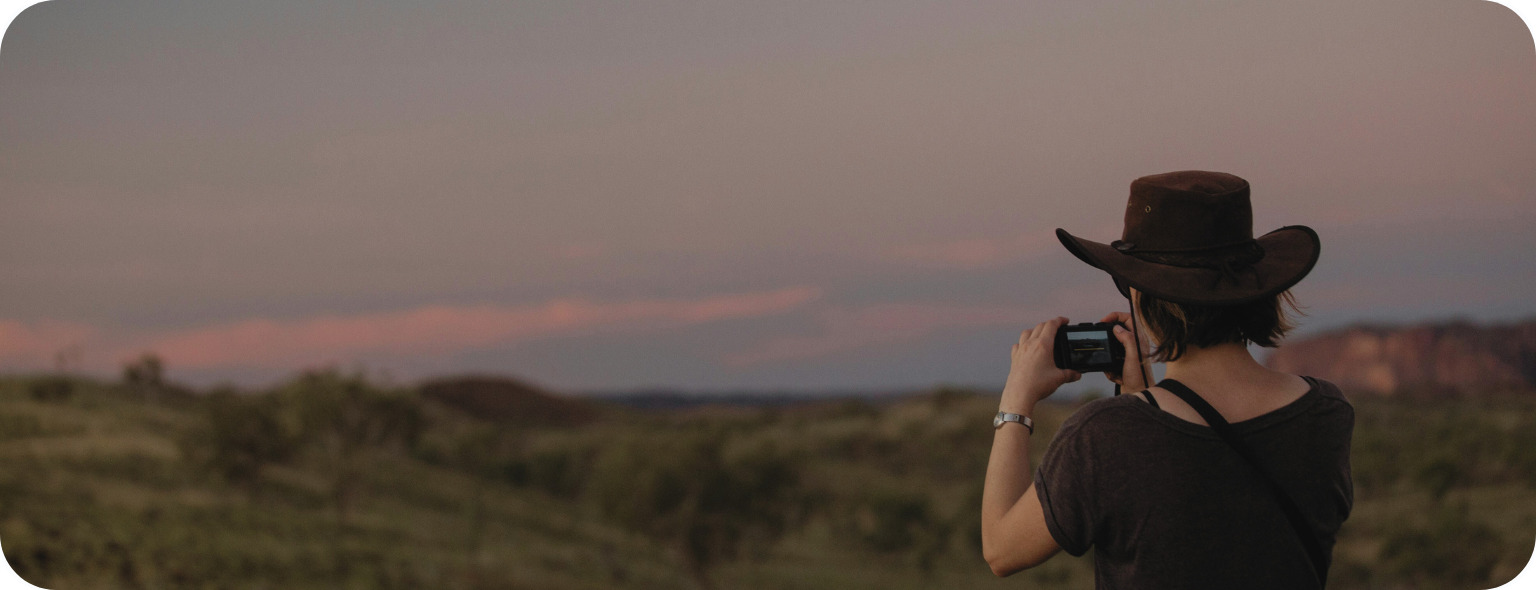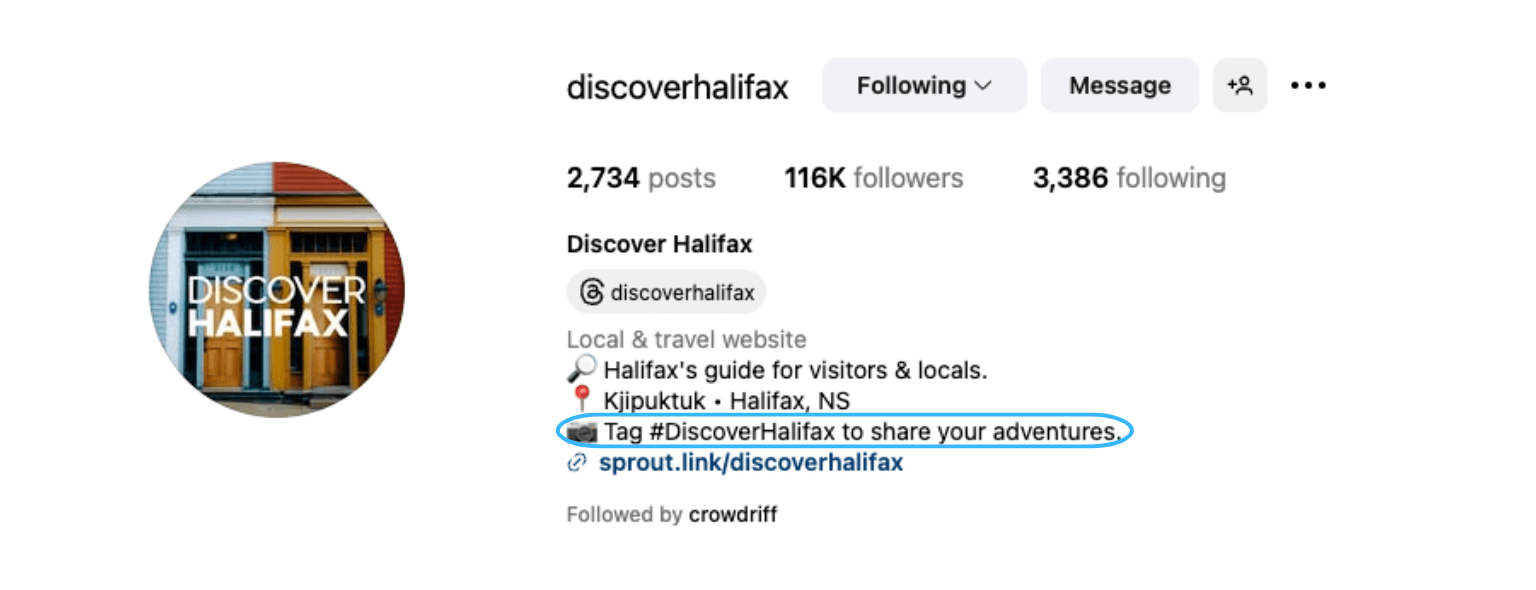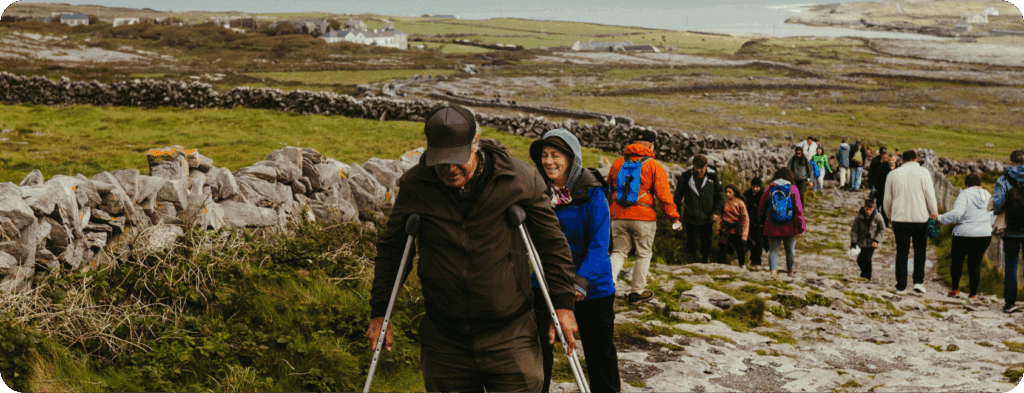
Let’s be honest: when was the last time you booked a trip just because an ad told you to? Probably never.
But when you saw your friend’s photo of that dreamy rooftop in Barcelona or the glowing turquoise waters in Tulum… suddenly you’re searching for flights, right? That’s the power of UGC.
We get a lot of questions about re-sharing a traveler’s photo or video like: What’s fair game? What requires explicit permission? And does giving credit automatically make it okay to use? In case you don’t read any further, you should know the answer to that is no! 🛑
We know it can be overwhelming—that’s why we whipped up this FAQ with general guidelines to help you navigate UGC rights with confidence.
1. What is User-Generated Content (UGC)?
UGC is content—photos, blogs, reviews, even Instagram Reels and TikToks—created by travelers, locals and creators that are not your brand. Think: a guest snapping a sunset shot at your hotel, or a foodie sharing their plate of pasta in Rome.
2. Why is UGC useful for travel marketers?
Because people trust people. A traveler scrolling through Instagram is far more likely to believe another traveler’s story than your polished, branded marketing campaign.
UGC:
- Acts as social proof that your destination/brand is worth visiting
- Costs less than producing professional shoots
- Builds community by showcasing real travelers’ voices
3. Can I just use any photo I find on social media?
Nope. Even if a photo is public, it’s still protected by copyright. The creator owns their content, and using it without permission can land you in hot water both legally and reputationally.
This applies across all channels including UGC embeds, CrowdRiff galleries, and media hubs. Always secure rights first.
4. How do I get permission to use a traveler’s photo or video?
Always ask first! You can do this a few ways:
- Direct message/comment: “Hi! We love your photo of the Grand Canyon 😍 Would you mind if we shared it on our page? We’ll give you full credit.”
- Hashtags with terms: Run campaigns (like #VisitSunnyCoast) where you clearly state that using the hashtag means they’re giving permission. Just make sure your terms are easy to find.
- Rights management platform: Provide tools that help you easily track, request, collect, and manage UGC content permissions.

5. What’s a UGC “rights management” platform?
Think of it as your safety net. UGC platforms help you:
- Find great UGC
- Request and track permission
- Keep a paper trail to prove you are compliant
💡 Many DMOs use CrowdRiff to automate the entire process: logging requests, retrieving high-resolution images instantly after approval, and archiving every “yes” so you have a record.
6. Do I always need to give image credit?
Yes, unless you and the creator agree otherwise. Giving credit is a simple, transparent way to honor the creator and build goodwill.
7. What’s the right way to give credit?
Make it clear and visible. A few simple examples:
- Instagram: “📸: @username” or “Photo by @username”
- Blog Post: “Image courtesy of @username”
- Website: Place the credit directly under the image

8. What happens if I skip permission or credit?
It’s not great. You could face:
- Copyright infringement lawsuits (expensive)
- Cease and desist orders (your content must be removed)
- Reputational damage (your brand looks shady and disrespectful)
9. Can I use a UGC photo if no faces are visible?
Still no, unless you have permission. Copyright belongs to the photographer, not the subject.
10. Are there any exceptions?
Copyright law is messy, but here’s the safe approach: always ask, always credit. It’s easier than navigating gray areas—and it builds stronger relationships with your audience.
Quick Links to Terms & Conditions
Every social network has explicit Terms & Conditions about user-generated content rights. Here are some quick links:
At the end of the day, the golden rule of UGC is simple: ask first and credit always. When you treat creators with respect, you are not only protecting your brand from legal headaches, you are also building trust and stronger relationships with your community.
The best stories often come from the experiences of travelers and locals. Celebrate them, credit them, and let their voices inspire! ✈️🌍📸
⚠️ Quick note: This post is not a substitute for professional legal advice. Copyright laws vary by region, and platforms update their policies often. When in doubt, double-check or consult a professional.











